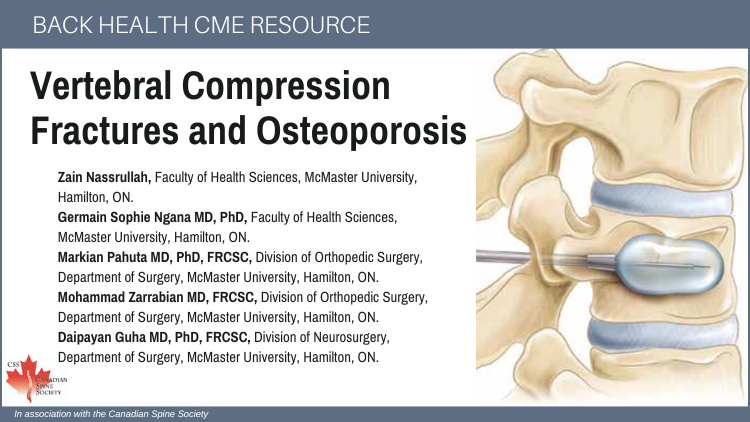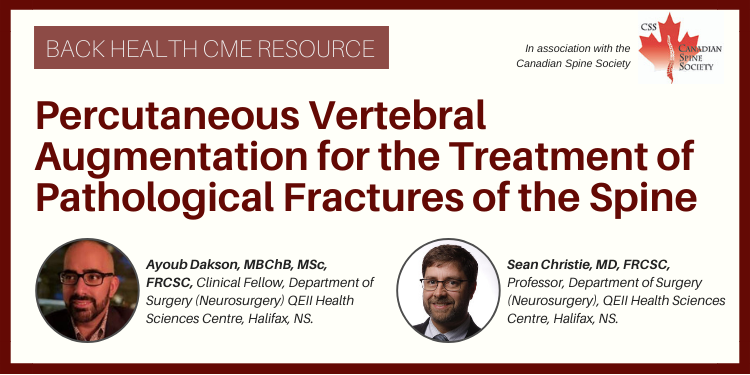1Faculty of Health Sciences, McMaster University, Hamilton, ON, Canada.
2 Faculty of Health Sciences, McMaster University, Hamilton, ON, Canada.
3 Division of Orthopedic Surgery, Department of Surgery, McMaster University, Hamilton, ON, Canada.
4 Division of Orthopedic Surgery, Department of Surgery, McMaster University, Hamilton, ON, Canada.
5 Division of Neurosurgery, Department of Surgery, McMaster University, Hamilton, ON, Canada.


